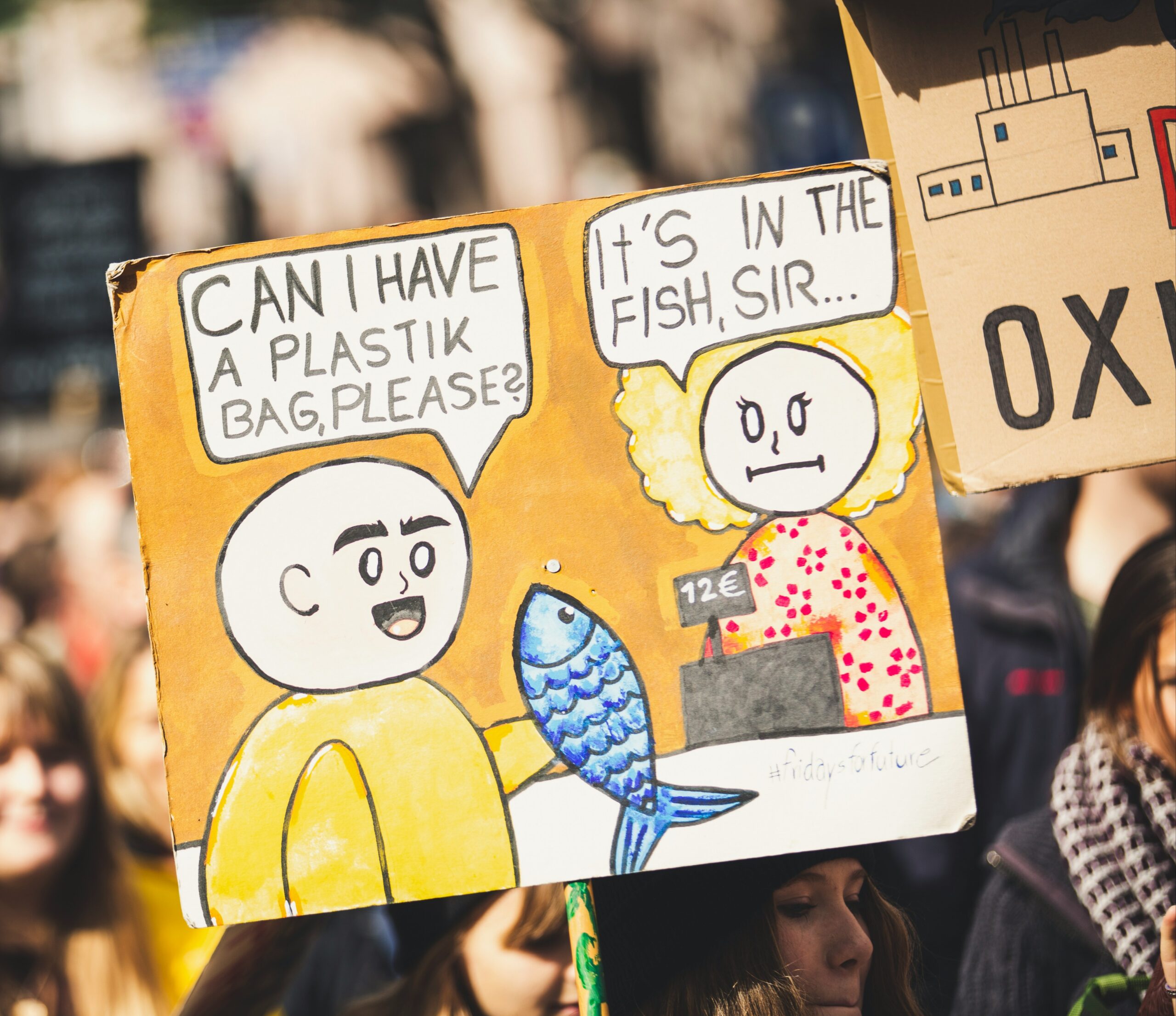I have no plans to do this ( “never say never” ) but…. if I was to set up a conservation project, how would I do this?
How can you make them really count?
I have had many hours to ponder this over the last 2 weeks.
Of course there is always the tea and toilets stuff : permits, building, licences, recruitment, advertising, finance etc. etc, but assuming all these things are in place, what would be the strategies?
Firstly, direct cash injection matters. This money might flow in from : local Government, foreign charities, project volunteers or entities like the World Bank, but must go directly to the conservation itself. Examples of this might be the money to plant trees. The temptation may be to finance the local community with jobs, and yes this is critically important, but you can’t forget your, ‘raison d’ etre’. The conservation work itself.
Money is well spent in the education of local young people, educated by the people of their own communities, on the protection of their environment. I saw this in Namibia, targeted and highly effective and I suspect, the most lasting work I saw there.
Secondly, to give meaningful work to all people working on the project. Work that directly impacts on the conservation. Back to the example of planting trees. If a part of the Amazon needs to be re-wilded, then the project would be to plant trees. In my short experience of conservation, but also in the wider world of work, people like to be busy, many even love hard work, working to targets and take great pride in completer finishing those tasks. If I was planting trees in the Amazon I would want to be targeted to plant a certain number each day. You cannot underestimate the power of a team with shared goals on conservation.
There is also no greater opportunity to affect change when you have the captive audience of people who want to learn about conservation. It is important to pass on your knowledge to educate/indoctrinate them so that they pass the message to others, either by word of mouth, or by writing in a small homespun blog.
Lastly, a conservation project, like any business, needs to have strong leadership. They need to ‘walk the walk’ and ‘talk the talk’. An example here. If you are in the field of conservation, anywhere in the world, you will be impacted by the scourge of plastic waste. So the rule book should be, “no plastic bought to the project”. Rules too on water, power, noise. The list goes on.
When I look back at my Namibia project I see the hallmarks of success. Visionary management and ideas, with a Diane Fossy type determination. It was tight, focused conservation work with a team developed, and inspired, to take on some really gruelling physical work in the name of elephants. Always mindful too that our impact on the physical environment had to be near zero. It impressed me and changed me….
…and on that note…
S T O P P R E S S
3 days ago Mimi was born to Rosie in the Nuab River Basin, North West Namibia. Please God, let her survive.

